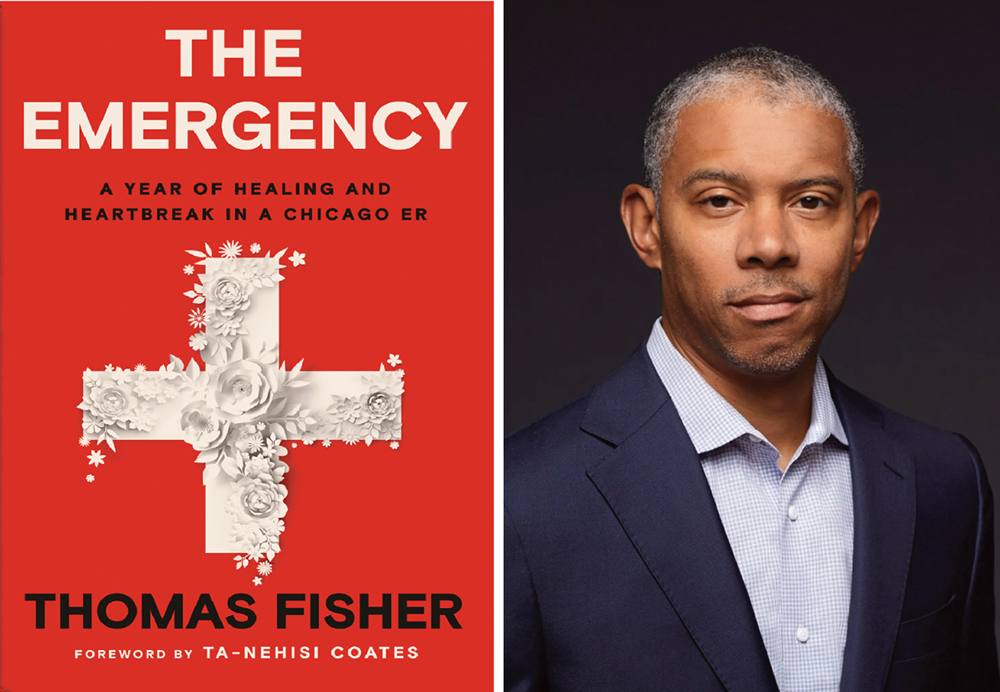Nursing Book Club
The Emergency: A Year of Healing and Heartbreak in a Chicago ER by Thomas Fisher
A pandemic memoir and personal look at racial disparities in healthcare

The Emergency: A Year of Healing and Heartbreak in a Chicago ER is in part the memoir of a busy doctor, working impossibly long hours in the midst of a deadly pandemic and trying to keep his relationships afloat in the little free time he had. It’s also a sobering commentary on the failings of the healthcare system in the U.S.
The book has an interesting format. The numbered chapters describe the author’s firsthand impressions of working under the new COVID-19 protocols. (These will be all too familiar to nurses, but it must be hard for anyone unfamiliar with the protective gear to imagine being able to do your job at all, much less to be able to offer empathy to friends or patients.)
Following these chapters is a letter addressed to one of his patients, attempting to offer an explanation for the treatment — or lack of treatment — they received. The author looks to his own history for examples of racism, which to him is at the core of the disparities in American healthcare.
Unequal Care
Thomas Fisher is Black and came from the South Side of Chicago, so he thinks of the hospital’s patient population as his people. Yet, forces beyond his control often prevent those patients — including members of his own family — from enjoying equal health advantages.



